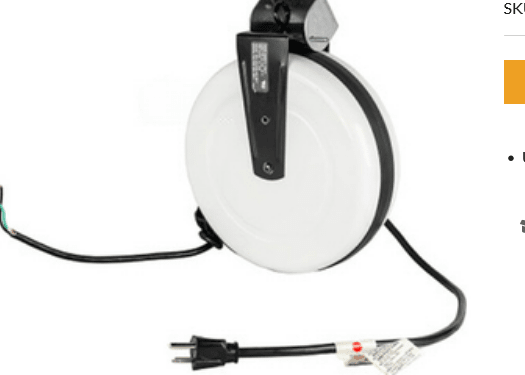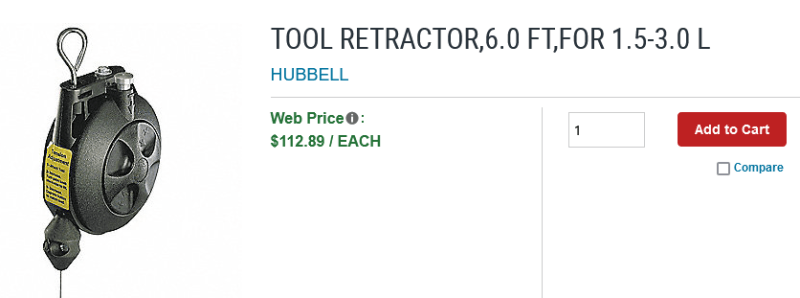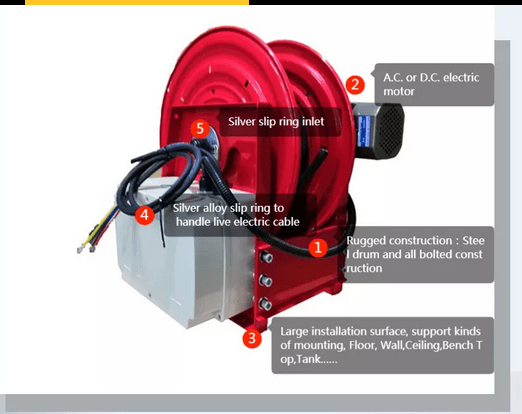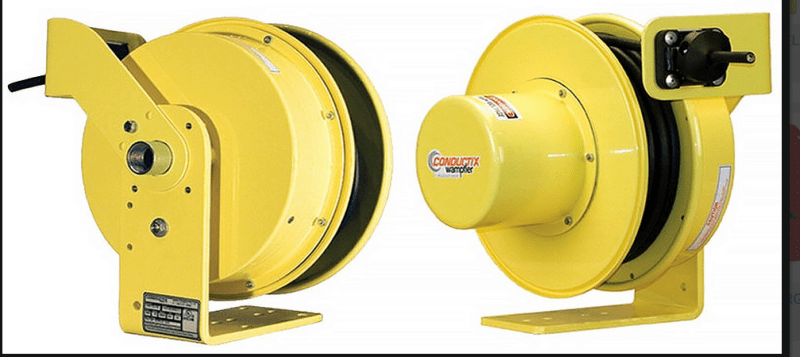noobokgbp
Mechanical
- Jul 10, 2024
- 8
Hi Guys,
I have an application at work where i have to create a fixture for a differential gearset to create a contact patch pattern.
I have to basically apply a 200ft-lb torque on the diff-gear housing against the direction of rotation to bias the backlash to get that contact pattern. I'm thinking of us a BLDC motor to provide the resistance, but i need some assistance because i am not an electrical engineer and have basic mechanical engineering college knowledge of motors. From basic research this sort of thing is possible, however, i need power resisters to dissipate the current as heat from motor. keep in mind the motor is not reversing the direction of motion, rather it is applying a load but still spinning in the same direction that the differential housing is spinning in.
The picture is not an exact representation of my scenario. The cylinder can be considered the diff housing and is spinning at some rpm through the ring gear from the pinion gear. the wheel in this scenario is assuming to not slip and rotating along with the cylinder/diff housing. A motor is attached and applying the negative torque. The -200ft-lbs is applied on diff housing (got this number from our company standards), so the torque required on the wheel will be multiplied by the ratio of radius of diff housing and radius of wheel.
Also note that the contact pattern test is run for around 5 minutes. For this amount of time the motor is applying a rotational resistance. What i mean its not a breaking application. Its a dynamic application.
I have an application at work where i have to create a fixture for a differential gearset to create a contact patch pattern.
I have to basically apply a 200ft-lb torque on the diff-gear housing against the direction of rotation to bias the backlash to get that contact pattern. I'm thinking of us a BLDC motor to provide the resistance, but i need some assistance because i am not an electrical engineer and have basic mechanical engineering college knowledge of motors. From basic research this sort of thing is possible, however, i need power resisters to dissipate the current as heat from motor. keep in mind the motor is not reversing the direction of motion, rather it is applying a load but still spinning in the same direction that the differential housing is spinning in.
The picture is not an exact representation of my scenario. The cylinder can be considered the diff housing and is spinning at some rpm through the ring gear from the pinion gear. the wheel in this scenario is assuming to not slip and rotating along with the cylinder/diff housing. A motor is attached and applying the negative torque. The -200ft-lbs is applied on diff housing (got this number from our company standards), so the torque required on the wheel will be multiplied by the ratio of radius of diff housing and radius of wheel.
Also note that the contact pattern test is run for around 5 minutes. For this amount of time the motor is applying a rotational resistance. What i mean its not a breaking application. Its a dynamic application.





